
Chiropractic manipulative therapy (CMT) involves the application of pressure to a specific joint or set of joints in the body (by a chiropractic physician) in order to improve the alignment and function of that joint or joints, or to reduce pain or discomfort in that region. When most people think of CMT, they think of manual (aka osseous) adjustments delivered to the spine, and this is indeed the most common application of CMT by doctors of chiropractic. Many chiropractors, however, will perform CMT elsewhere throughout the body to address joint or soft tissue problems or improve range of motion, and this includes the foot, which is a complex structure that incorporates numerous joints.
I’ll share my personal thoughts on (and experience with) foot CMT below, but I first wanted to give you the perspective of another practicing chiropractic physician so that you can benefit from his extensive experience in treating a variety of athletes and active people. So, to help answer the question posed above, I reached out to one of Portland, Oregon’s preeminent chiropractic sports physicians, Dr. Seth Hosmer of Hosmer Chiropractic Health, to get his take on foot CMT. Here is what Dr. Hosmer has to say on this topic:
The foot is a complicated structure with a lot of potential motions. For various reasons, including footwear choice, habits, as well as injuries, some of the motions of the foot can be reduced or lost entirely. If this goes on long enough, pain in the toes, arch, ankle, and elsewhere can result. Unwinding these problems requires a multi-faceted approach, but certainly the joints must be addressed and movement deficiencies improved.
Many chiropractors do great work with feet, and adjustments can be an essential part of the recovery process; without proper joint motion, you cannot expect that the foot and ankle will move optimally. Adjustments alone, however, are rarely enough. You need to address the soft tissues of the foot, including the muscles, ligaments, nerves, and fascia. This can be done through in-office treatment (myofascial-type treatments) and at home with self-care routines (i.e., targeted self-myofascial release and mobility routines).
Dr. Hosmer adds:
Of course, all of this must be done in the context of improving the environment the foot functions in, including selecting proper footwear, performing foot strengthening exercises, and addressing other biomechanical concerns. Foot problems are generally very responsive to a structured program for improvement in function and thus pain. However, most people just want a quick fix type of approach, and this mentality does not respect the needs of the individual. An individualized, structured, and progressive loading pattern will help people recover from the vast majority of foot issues, but you need to find a provider who is well-versed in assessment and management of foot issues.
Dr. Hosmer’s thoughts on the subject of foot CMT pretty much mirror my own. I personally believe that CMT can be helpful on a periodic basis to keep the joints of the foot in fine working order, and that it’s important to seek out the help of a qualified manual medicine practitioner in order to speed your recovery and set yourself up for long-term foot health and success. I will say that, apart from (or perhaps alongside) foot CMT, another potentially helpful treatment that can be delivered on an ongoing basis is simple foot joint mobilization. Foot joint mobilization techniques, which are generally less vigorous than chiropractic adjustments, can be performed by many types of qualified bodyworker (or even by patients at home, following instruction from a qualified healthcare professional). Joint mobilization should be helpful in addressing any adhesions or restrictions around the joints that may limit joint range of motion, and therefore function.
Chiropractic adjustments intended to address a bunion or hammertoe (or other types of crooked toe), specifically, are less likely, in my opinion, to be effective in achieving any sort of lasting toe realignment or correction. In my experience, I have found that true correction for these problems is best achieved by realigning the toes in as close to anatomical position as possible (typically done by wearing Correct Toes) and then imparting force through the various foot and toe joints during routine weight-bearing activity (e.g., standing, walking, running, etc.) while wearing men’s or women’s foot-healthy footwear. The Toe Extensor Stretch, Big Toe Stretch, and Hammertoe Stretch and Mobilization are also important in achieving long-term bunion and crooked toe correction.
Dr. Hosmer has put together a couple of excellent resources that dive deeper into the subject of foot, ankle, and calf rehabilitation, and I recommend that you check them out if you’re hoping to improve your own foot or lower leg function and/or avoid running-related injuries:
-
Multidirectional Calf Stretch: In this video, Dr. Hosmer demonstrates a powerful calf stretch that targets all aspects of the posterior lower leg to help relax tight tissues and improve calf mobility. Watch Video
-
Re-Learning to Run: A thoughtfully written blog post on the process of overcoming common injuries that occur in runners, as well as the steps you can take to get back into running if you’ve been away from the activity for a while. Read Article
If you have any questions about chiropractic foot adjustments, or chiropractic care in general, please don’t hesitate to reach out to us. If you have undergone foot CMT or any other manual medicine technique intended to address foot problems or improve foot function, please feel free to leave a comment in the comments section below so that your fellow readers can benefit from your experience!
A special thank you to Seth Hosmer, DC, for contributing to this article. If you happen to be in Portland, OR, or the Pacific Northwest region of the United States and would like to book an appointment with Dr. Hosmer or his team, please click here.

WANT TO IMPROVE YOUR FOOT HEALTH?
Let the team at Natural Footgear help you! Subscribe to our newsletter for the latest offers and helpful info, and sign up for our FREE email courses on various topics and foot health conditions.
Sign Up →
Want to Improve Your Foot Health?
We are here to help you every step of the way. Get our newsletter for the latest offers and helpful info, and sign up for our FREE email courses on various topics and conditions, including bunions, hammertoes, neuromas, plantar fasciosis, shin splints, ingrown toenails, and more.
Sign Up →
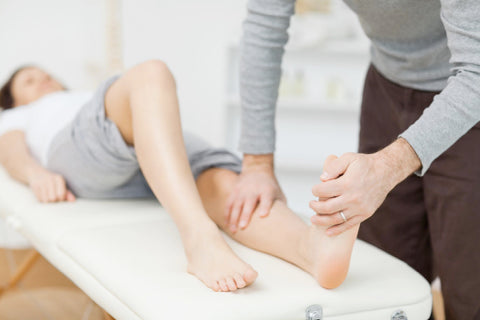 Countless individuals suffer from heel pain stemming from plantar fasciosis (or, as the condition is commonly mislabeled, plantar fasciitis). The agitating pain associated with this foot problem leaves many folks desperate for relief. Unfortunately, not all of the information about how to relieve plantar fascia pain is accurate or helpful. A lot of people, for example, have heard that stretching the plantar fascia (i.e., the bottom of the foot) is...
Read more
Countless individuals suffer from heel pain stemming from plantar fasciosis (or, as the condition is commonly mislabeled, plantar fasciitis). The agitating pain associated with this foot problem leaves many folks desperate for relief. Unfortunately, not all of the information about how to relieve plantar fascia pain is accurate or helpful. A lot of people, for example, have heard that stretching the plantar fascia (i.e., the bottom of the foot) is...
Read more



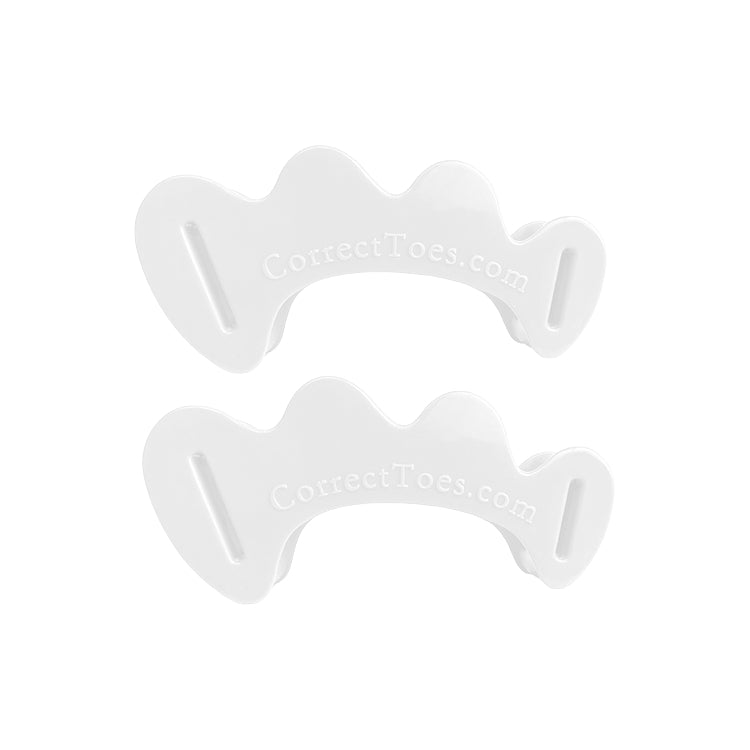
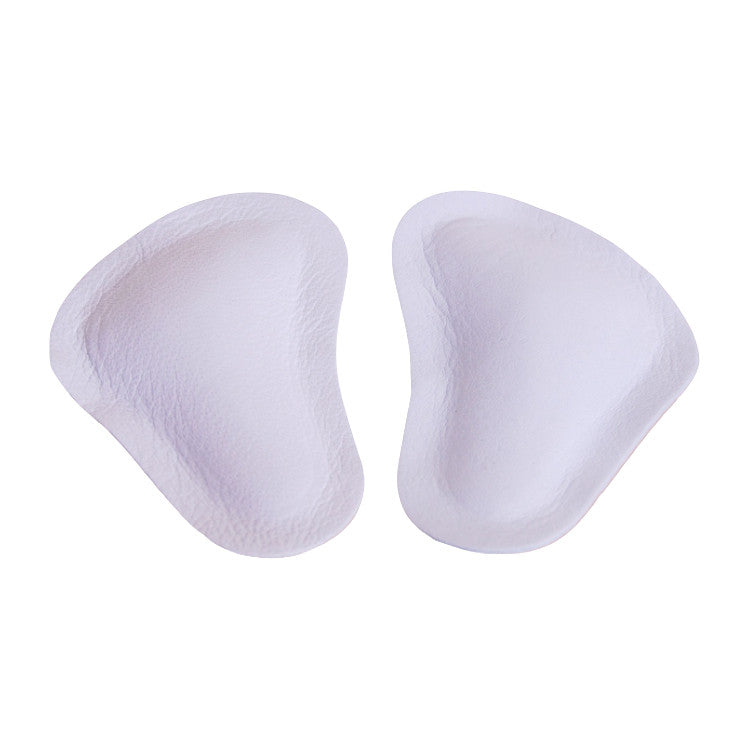
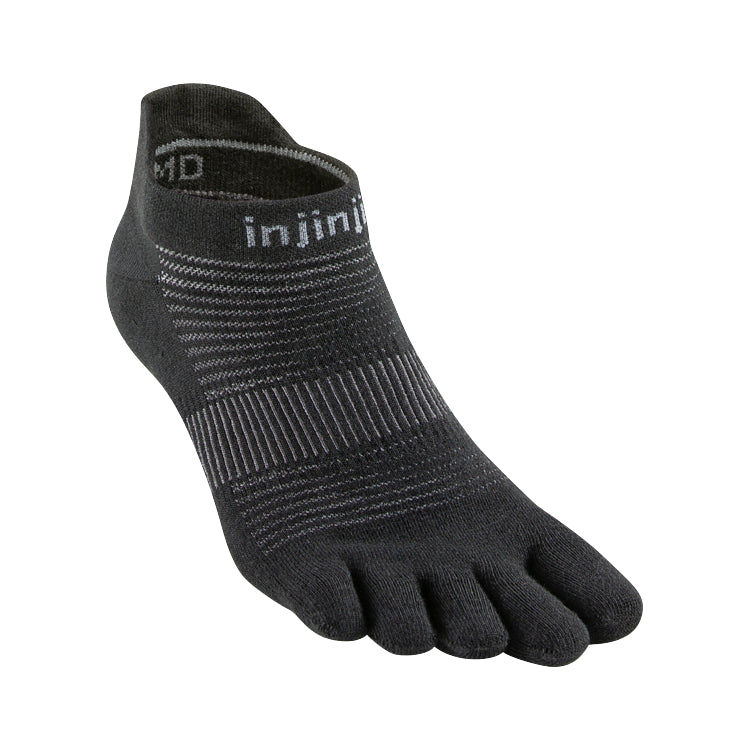
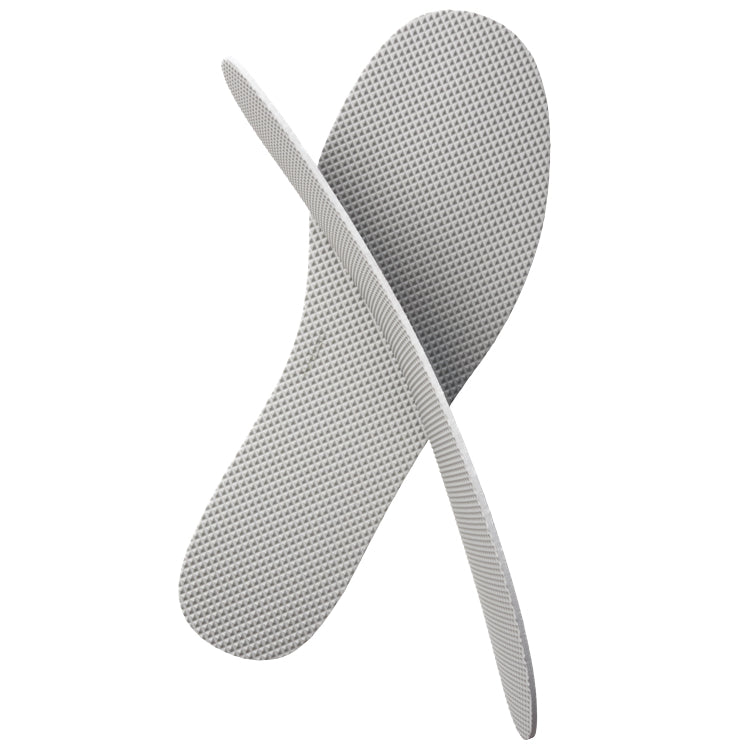

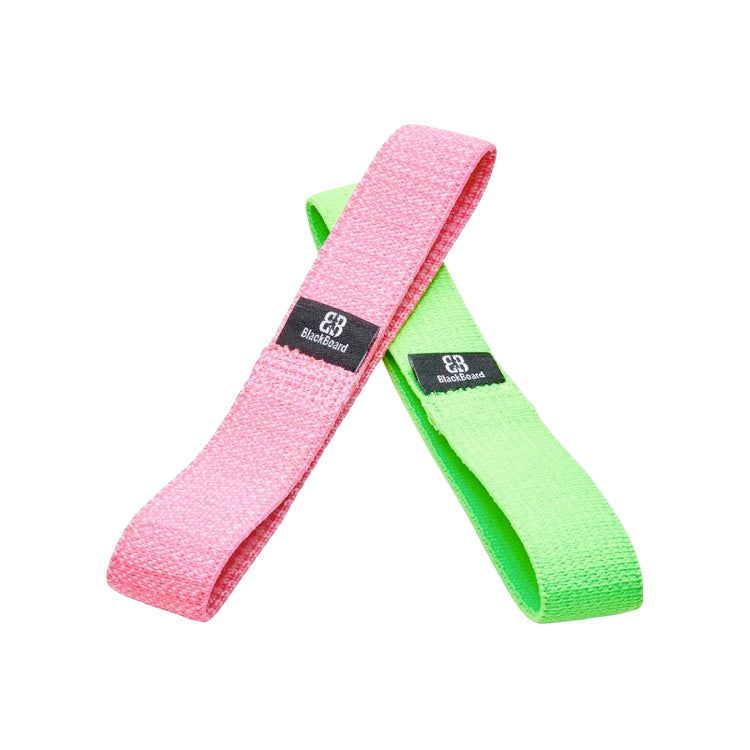

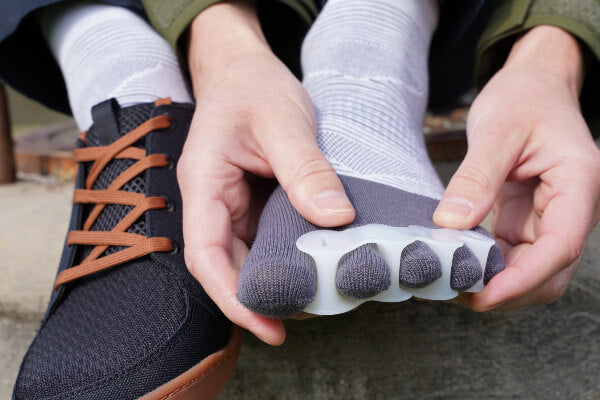
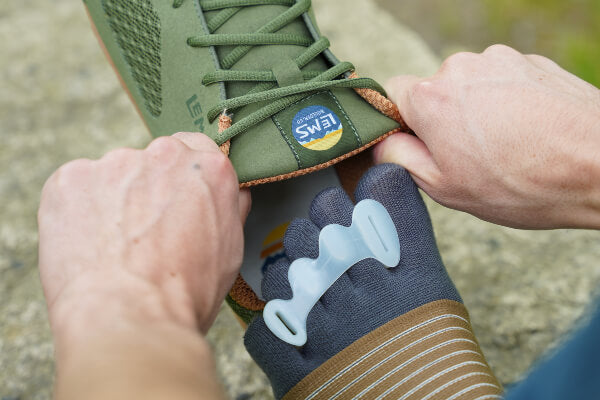
Can chiropractic foot adjustments help address painful heels?
Hi, Eileen,
Thank you for your question. Yes, indeed, chiropractic foot adjustments can sometimes help address painful heels. Chiropractors can adjust the bones of the foot and ankle to improve alignment, which might reduce stress on the heel and alleviate pain. However, it’s important to also address any underlying issues with the arch, the plantar fascia, or other areas of the foot. If you’re dealing with ongoing heel pain, combining chiropractic care with other natural foot health approaches may provide more comprehensive relief. It’s always a good idea to work with a practitioner who can evaluate your unique needs and offer a multi-faceted approach to treatment.
Kind regards,
Marty Hughes, DC